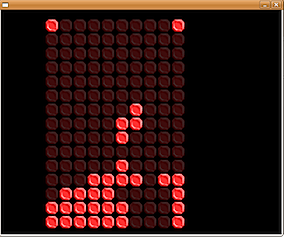
RubyRags is a new clothing company that specializes in shirts for Ruby and Ruby on Rails junkies. It’s rare I ever see anything commercial worth getting a whole post to itself here at Ruby Inside but there’s clearly some thought and sincerity behind this. The designs so far are really slick. I’d certainly love to see a WhyTheLuckyStiff designed one in the future though. Shirts are around the $20 mark, plus shipping, and there’s a 10% discount for Rails Core contributors. Read More


















